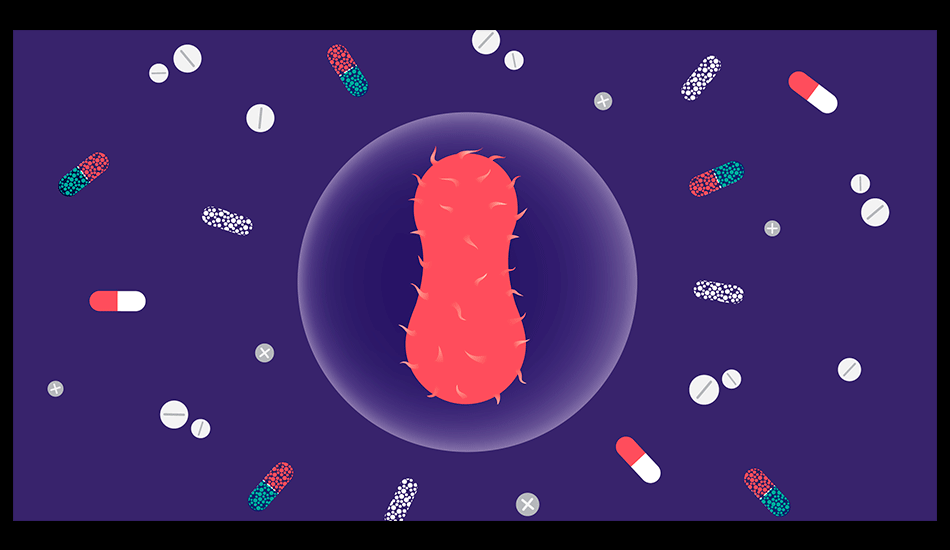Gonorrhea is a really common illness that is infectious. In 2010, over 300,000 cases of gonorrhea were reported to CDC. But, CDC estimates that over 700,000 people in america get new gonorrhea infections every year.

This sexually transmitted disease (STD) can be curable, but if left untreated, it may result in long-term health effects, such as chronic pelvic pain, ectopic pregnancy, and infertility. Gonorrhea may also raise the probability of contracting and transmitting HIV.
Cephalosporins are recommended to treat gonorrhea. For the last couple of years, suppliers have used combination treatment with cefixime, a oral cephalosporin, or ceftriaxone, an injectable cephalosporin, and another antibiotic, to deal with this frequent STD.
Recent laboratory data indicate that the efficacy of cefixime for treating gonorrhea might be diminishing. Because of this, CDC has upgraded its gonorrhea therapy plans and no longer recommends the regular use of cefixime. Rather, CDC currently recommends using ceftriaxone alongside a second antibiotic to treat gonorrhea.
I’d love to take this chance to provide you a concise overview of these updated guidelines for treating gonorrhea. On the other hand, the whole guidelines can be considered at www.cdc.gov/std/treatment.
For patients with simple genital, rectal, and pharyngeal gonorrhea, CDC currently recommends combination therapy with ceftriaxone 250 mg as a single intramuscular dose, also possibly azithromycin 1 g orally in one dose or doxycycline 100 mg orally twice daily for seven days.
Sometimes, however, when it might be required to use another antibiotic program that doesn’t consist of ceftriaxone. In cases where ceftriaxone isn’t accessible, CDC urges cefixime 400 mg orally, and either azithromycin 1 g orally or doxycycline 100 mg orally twice daily for seven days. For individuals with a serious allergy to cephalosporins, CDC urges one 2-g dose of azithromycin orally.
In both these conditions, CDC recommends an evaluation of treatment for those patients 1 week after therapy, and this can be a significant shift in CDC’s therapy plans. Besides those treatment varies, we urge doctors to take two extra actions to guarantee effective treatment outcomes for their patients.
Track your individual. Civilization should retests patients who have persistent symptoms. If these cultures are favorable for the gonococcus, isolates must be filed for immunity testing. A test of treatment ought to be performed after retreatment. Providers must also ensure that the individual’s sex partners in the previous 60 days are immediately evaluated and treated.
Secondly, therapy failures were suspected by report. Any guessed treatment failure ought to be reported to CDC through state or local public health officials within one day.
It’s necessary to know a single 250-mg shot of ceftriaxone is effective in treating gonorrhea at all anatomic sites. There are no data to support the use of high doses of ceftriaxone. Additionally, the use of azithromycin since the 2nd antibiotic used in combination treatment could be more preferable to the use of doxycycline, for two reasons. To begin with, azithromycin is regarded as one pill, which can be simpler and much more suitable to get a patient. And second, there was a considerably higher incidence of gonococcal resistance to tetracycline compared to azithromycin one of the isolates examined with this MMWR.
The fluctuations in the gonorrhea treatment plans were motivated by lab information from CDC’s Gonococcal Isolate Surveillance Project (GISP). These statistics demonstrated recent major increases in the proportion of Neisseria gonorrhoeae isolates with elevated cefixime minimum inhibitory concentrations (MICs). The proportion of isolates with increased cefixime MICs increased from 0.1percent in 2006 to 1.7percent in 2011, a 17-fold increase. CDC expects that increasing cefixime MICs will result in diminishing efficacy of cefixime for the treatment of urogenital gonorrhea.
Though there have not been any recorded therapy failures in the USA, the trends reported in this MMWR, the expanding number of global reports of cefixime treatment failures, along with the germs’s history of growing and becoming immune to antibiotics used for treatment stage to the rising likelihood that gonococcal cephalosporin resistance and treatment failures are on the horizon at the USA.
For more in depth information regarding gonorrhea or the updated instructions, please see CDC’s STD homepage in www.cdc.gov/std.
A three-day doxycycline program for therapy of gonorrhea.
Patients with uncomplicated gonorrhea were awarded three 300-mg capsules of doxycycline, among which was taken following the heaviest meal of the day, on all three successive days. A total of 560 people were treated by this method. Of the 355 patients who returned for evaluations of treatment within seven to ten times, seven (2%) reacted favorably to the treatment. The power of the program was comparable to that of other approved treatments. Adverse effects were absent or irrelevant, providing the drug was obtained after meals. This treatment alternative simplifies substantially the instructions to be followed closely by the individual and reduces the probability of noncompliance from the treatment of gonorrhea with tetracyclines.
